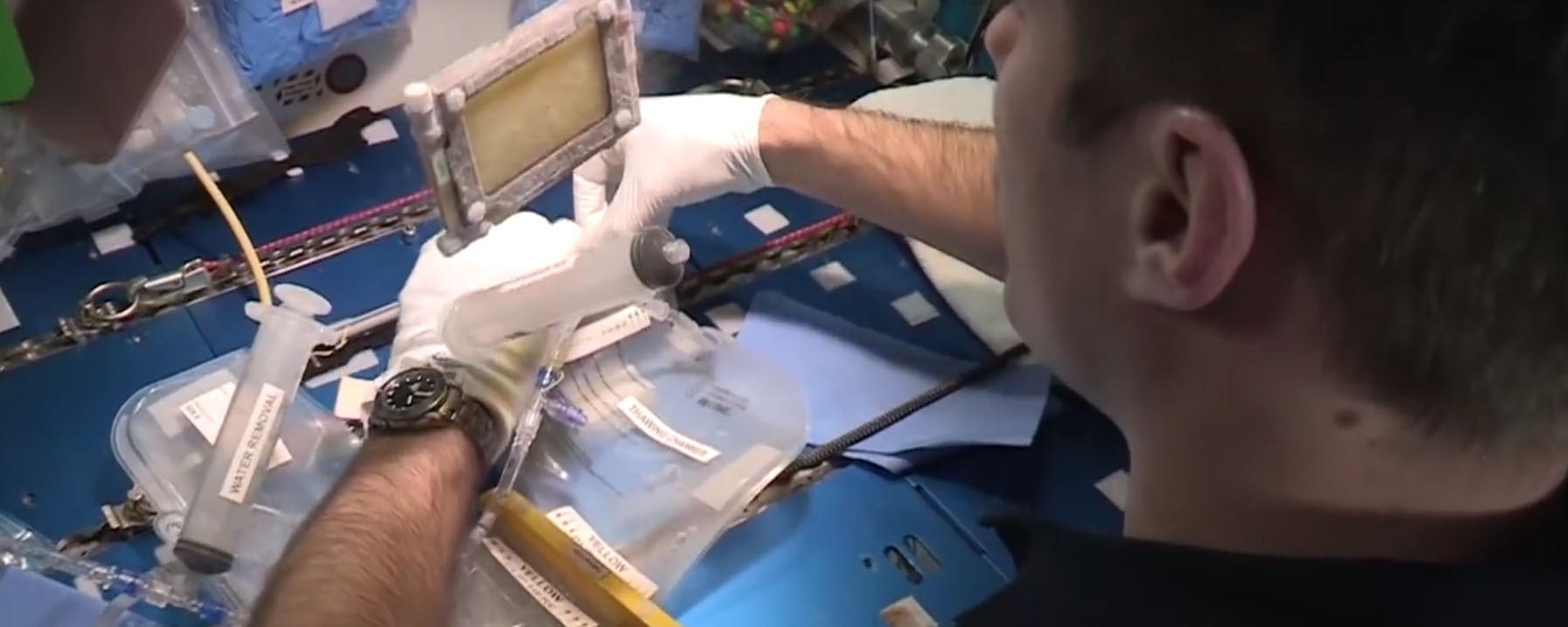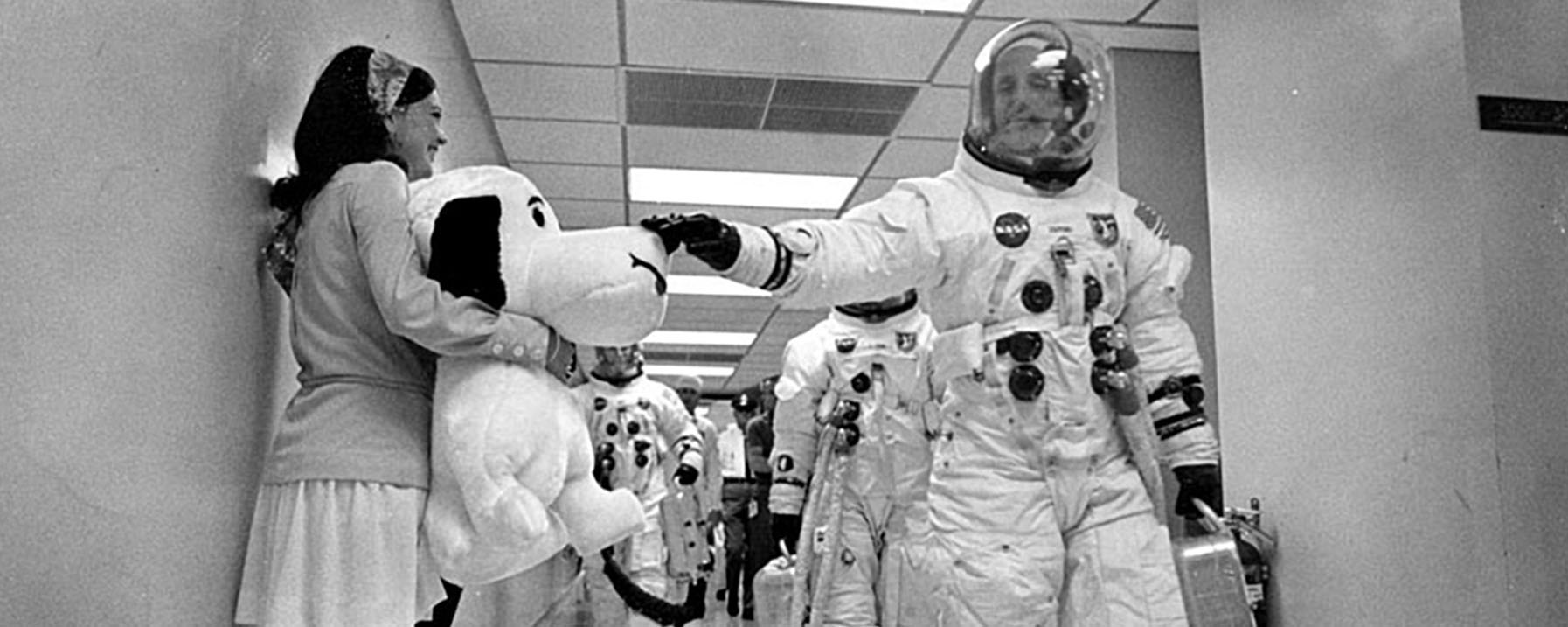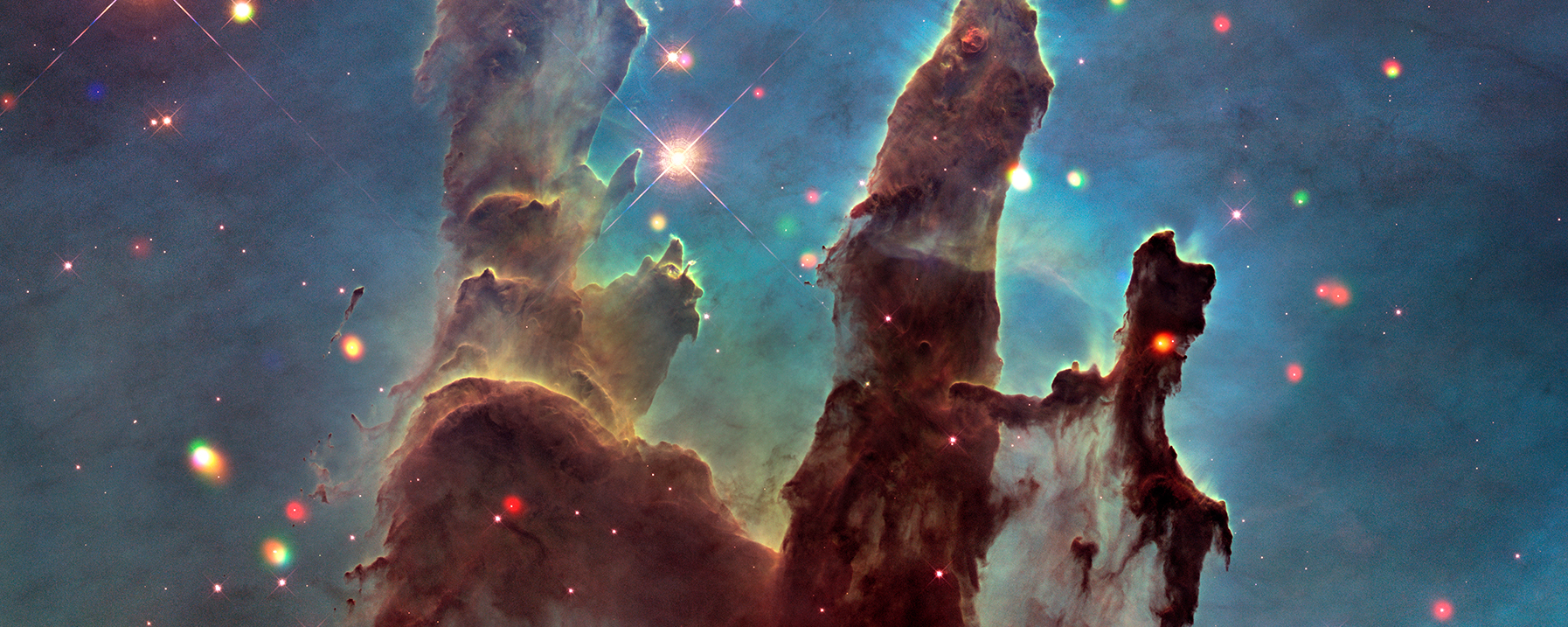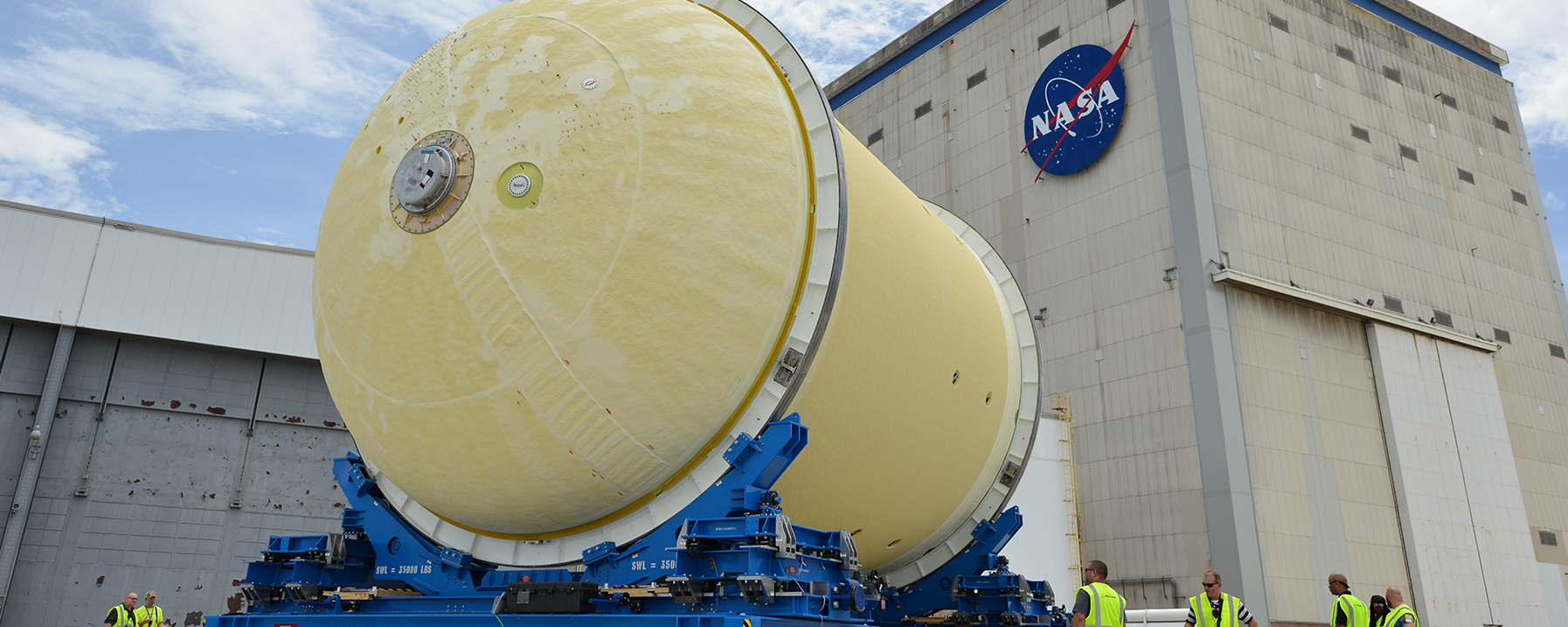(VIDEO: 4:23) Fighting Cancer From Space
Robotic technology originally designed for the International Space Station is finding its way into healthcare by targeting breast cancer tumors. Dr. Mehran Anvari, chief executive officer at the Centre for Surgical Invention and Innovation, developed a robotic procedure to provide MRI guided breast biopsies to women in remote areas through the use of telerobotic technology which was originally developed for robotics on the space station.
NASA and Peanuts Worldwide to Collaborate on Deep Space Learning Activities
NASA and Peanuts Worldwide are joining forces to collaborate on educational activities that share the excitement of science, technology, engineering and math with the next generation of explorers and thinkers. With NASA’s involvement, Peanuts will work on a STEM-based curriculum for students about America’s deep space exploration objectives and interactive ways to celebrate next year’s 50th anniversary of humans first setting foot on the Moon.
‘X’-ploring the Eagle Nebula and ‘Pillars of Creation’
The Eagle Nebula is the site of the spectacular star-forming region known as the Pillars of Creation. NASA has released a new composite image showing the region around the Pillars that combines X-ray data from NASA’s Chandra X-ray Observatory and Hubble Space Telescope optical data.
Harsh Temperatures Require Extreme Protection for Deep Space Rocket
An innovative robotic system at NASA’s Michoud Assemby Facility sprayed thermal protection foam on the tank that will hold the cryogenic liquid oxygen propellant for Exploration Mission-1 (EM-1), the first integrated flight of NASA’s Space Launch System and the Orion spacecraft. This week, the massive tank was moved to install sensors and prepare it to be stacked with the intertank and forward skirt to form half of the 212-foot-tall rocket core stage.
For more information or to learn about other happenings at NASA’s Marshall Space Flight Center, visit NASA Marshall. For past issues of the ICYMI newsletter, click here.
NASA Marshall Space Flight Center news releases and other information are available automatically by sending an e-mail message with the subject line subscribe to msfc-request@newsletters.nasa.gov.
To unsubscribe, send an e-mail message with the subject line unsubscribe to msfc-request@newsletters.nasa.gov.































